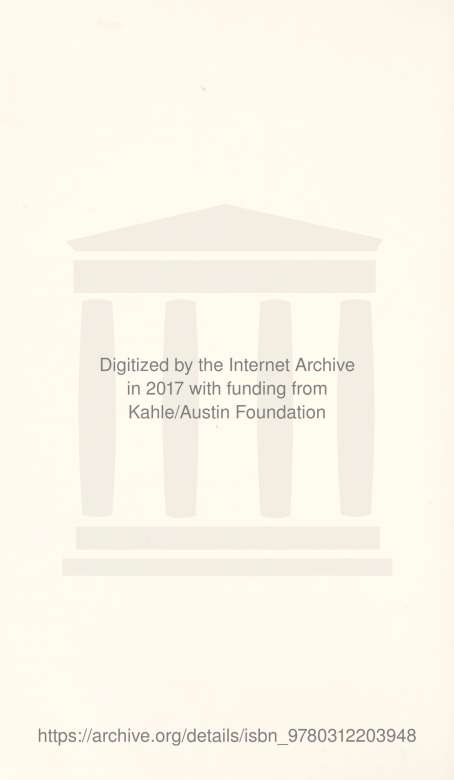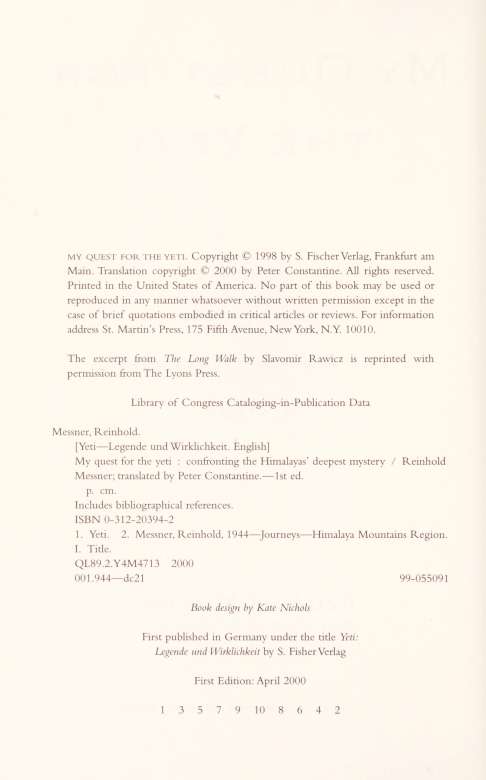This book made available by the Internet Archive.
WHAT APPEARS AS A MONSTER
WHAT IS CALLED A MONSTER
WHAT IS RECOGNIZED AS A MONSTER
EXISTS WITHIN A HUMAN BEING HIMSELF
AND DISAPPEARS WITH HIM
MILAREPA, SHERPA POET (A.D. 1040-1123)

NOTE
E a n F
jr\ i ...j iz...

I have tried throughout this book to be as faithful as possible to the meanings and pronunciations of the Chinese, Tibetan, and other native Himalayan words I encountered on my journeys. However, because of the vagaries of dialects, concrete, word-for-word translations for the yeti are as elusive as the creature itself Despite their impressionistic nature, I hope the following partial list of rough translations and tentative etymologies (citing romanized versions of either written Tibetan forms or standard Chinese pronunciations) will prove useful to the reader. For further reading I recommend Languages and Dialects of Tibeto-Burman by James A. Matisoff with Stephen P. Baron and John B. Lowe, IAS Publications: University of California, 1996. Many thanks to Professor Julian Wheatley of MIT for his help.
white bear.
beshung : Chinese, bai xiong dzu teh, tshute, tsetu : spoken Tibetan, tse-tuchild of chemo.
dremo / dremong/chemo/chemong: cf. written Tibetan, dred-bear; dredmofemale bear. mashiung : Chinese, maxiongbrown bear. migyu, migo, mygio, migiv : cf. written Tibetan, miper
55 iC 55 1 U *11 55
son ; man and wild. renshung : Chinese, ren xiongman bear. thelma: spoken Tibetan, the-moh or telmohmonkey.
tom : written Tibetan, dombear.
X
NOTE TO THE READER
KAZAKHSTAN
V
s
<
Altay
Alma-Ata
o
Junggar Pend
KIRGHIZIA

S H a fl
\\*%
o Kashghar

Turpan
Turpan Pendi
* 7546
A / V\
*/, K* N o
XINJIANG
Tak 1 a Makan
Dunh
Islamabad
Srinagar
PAKISTAN
KASHMIR r ^ *
Hotan
Y
\\ *
S V a
-A
0 0
Muiztaa
7723
7 1 \
M
O
AJeui
Delhi
A XS5 r/rr
7017 .
A 4 A.,
feWfe, 9 o
BHUTAN

Lhasa
4y^:
^tp.
A>
INDIA
47<'
V/
/ V

3}
BANGLADESH
ASSAM

j
IsH ^

wp

Mandalay
< o

Myingyan
MYANMAR
(BURMA)
\langon (Rangoc

RUSSIA
<\
>\
>V-
9 Ulan Bator
MONGOLIA
Gobi Desert
Beijing o Tianjin
Xining
^ Lanzhou
vjaJ&jK.
v>
o
Taiyuan
'K
'X

Xi'an
CHINA
Q
'Sichuan
Hang
oPakzhihua
Dali
Kunming YUNNAN
Chengdu
V-\
\
VIETNAM

Chongqing
Zitirp/ o Guiyang
HAILAND


197085: Thirty Expeditions to the Himalayas and the Karakorum Mountains.
Summer 1985: Travels from Lhasa to the holy Kailash Mountain; treks through parts of the Chang Tang, a frozen desert between the Trans-Himalayas and the Kunlun Mountains.
Winter 1986: Expedition to Makalu.
Summer 1986: In Kham (formally in eastern Tibet), after an adventurous three-thousand-mile drive, Reinhold Messner treks twelve hundred miles on foot from Tarchen Gompa near Kanze to Lhasa.
AugustSeptember 1986: Expedition to Makalu (the valleys of Arun and Barun).
October 1986: Stay at Solo Khumbu in central Nepal.
Summer 1987: Trip to the Hindu Kush.
May 1987: Trek through western Bhutan.
Early summer 1988: Trek through Amdo to Kham and back.
XV
MarchApril 1989: Solo to Khumbu.
Summer 1989: Trip to the Pamir Mountains.
Early summer 1991: Journey through the length of Bhutan.
December 1992: Trek to Solo Khumbu and Mustang (and back over Manang).
JanuaryMarch 1993: Trips to Rolwaling and Sikkim.
May 1994: Trip through the Garhwal Himalayas in northern India. June 1995: Trip to the Altai Mountains in southern Siberia.
Early summer 1996: Trip through eastern Tibet.
Fall 1996: Trip to the holy Kailash Mountain.
MayJune 1997: Expedition to the mountains of eastern Tibet.
July 1997: Trip to Kazakhstan (Tien Shan Mountains).
August 1997: Stay in Baltistan.
July 1998: Ursula Schafer bequeaths Reinhold Messner the head and pelt of a chemo for his collection at Schloss Juval. Her husband, the zoologist Ernst Schafer, had shot the animal in eastern Tibet.





































